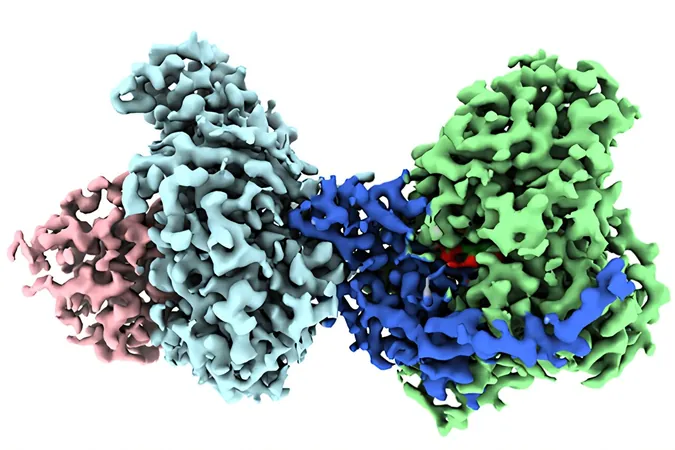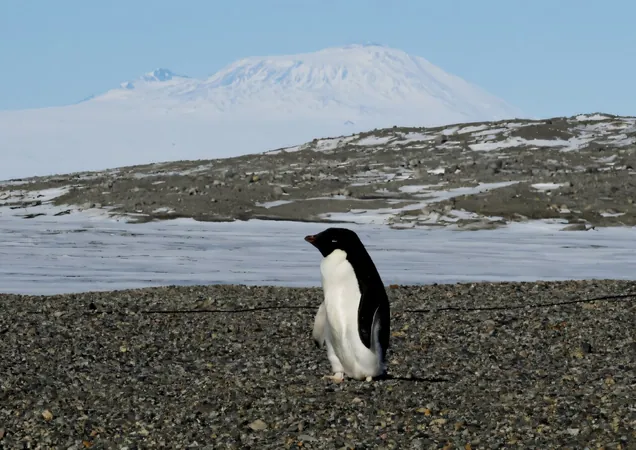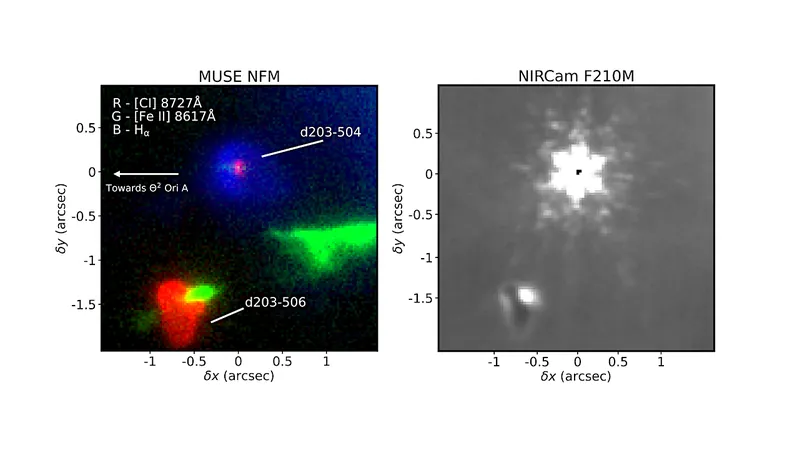
Scientists Discover Possible Signs of Life on Distant Planet K2-18b!
2025-05-08
Author: Noah
Is There Life on K2-18b?
In a groundbreaking revelation, scientists using NASA's James Webb Space Telescope have detected intriguing chemical signatures in the atmosphere of a distant planet known as K2-18b. These chemicals could be key indicators of life, stirring excitement and curiosity about what exists beyond our own planet.
The Chemical Signatures Unveiled
The latest findings spotlight two specific molecules: dimethyl sulfide (DMS) and dimethyl disulfide (DMDS). On Earth, these compounds are typically produced by marine microbes and certain bacteria, which makes their presence on K2-18b particularly fascinating. While it's too early to definitively link these molecules to extraterrestrial life, the implications ignite our imaginations.
A Transformational Moment in Astrobiology
Madhusudhan, a leading researcher on the project, expressed the significance of this moment in the quest for life beyond Earth. He stated, "This is a transformational moment in the search for life... we have entered the era of observational astrobiology." With the clearer imagery provided by the James Webb Space Telescope, scientists are diving deeper into understanding K2-18b.
K2-18b: A Hycean World
K2-18b is a gigantic planet, approximately 8.6 times heavier than Earth, classified as a 'Hycean world'—a term combining 'hydrogen' and 'ocean.' These planets are theorized to harbor extensive oceans beneath thick, hydrogen-rich atmospheres, potentially creating environments suitable for life.
Cautious Optimism on Life's Possibility
Despite the excitement surrounding these findings, researchers are exercising caution. Madhusudhan emphasized the need to explore alternative, non-biological explanations before jumping to conclusions. He noted that while microbial life could be conceivable, the existence of multicellular organisms or intelligent life remains uncertain.
What’s Next for K2-18b Research?
The research team is committed to further investigation, aiming to clarify the origins of the detected molecules and understand K2-18b's atmosphere more comprehensively. The academic pursuit of knowledge continues, revealing just how far we've advanced in space science and how much more there is yet to unravel beyond our solar system.
A New Frontier of Exploration
This discovery underscores the remarkable progress humanity has made in exploring the cosmos. As we aim our telescopes at the stars, each finding challenges our perceptions and fuels the imagination about the possibilities of life beyond Earth. The journey of discovery is just beginning!









 Brasil (PT)
Brasil (PT)
 Canada (EN)
Canada (EN)
 Chile (ES)
Chile (ES)
 Česko (CS)
Česko (CS)
 대한민국 (KO)
대한민국 (KO)
 España (ES)
España (ES)
 France (FR)
France (FR)
 Hong Kong (EN)
Hong Kong (EN)
 Italia (IT)
Italia (IT)
 日本 (JA)
日本 (JA)
 Magyarország (HU)
Magyarország (HU)
 Norge (NO)
Norge (NO)
 Polska (PL)
Polska (PL)
 Schweiz (DE)
Schweiz (DE)
 Singapore (EN)
Singapore (EN)
 Sverige (SV)
Sverige (SV)
 Suomi (FI)
Suomi (FI)
 Türkiye (TR)
Türkiye (TR)
 الإمارات العربية المتحدة (AR)
الإمارات العربية المتحدة (AR)